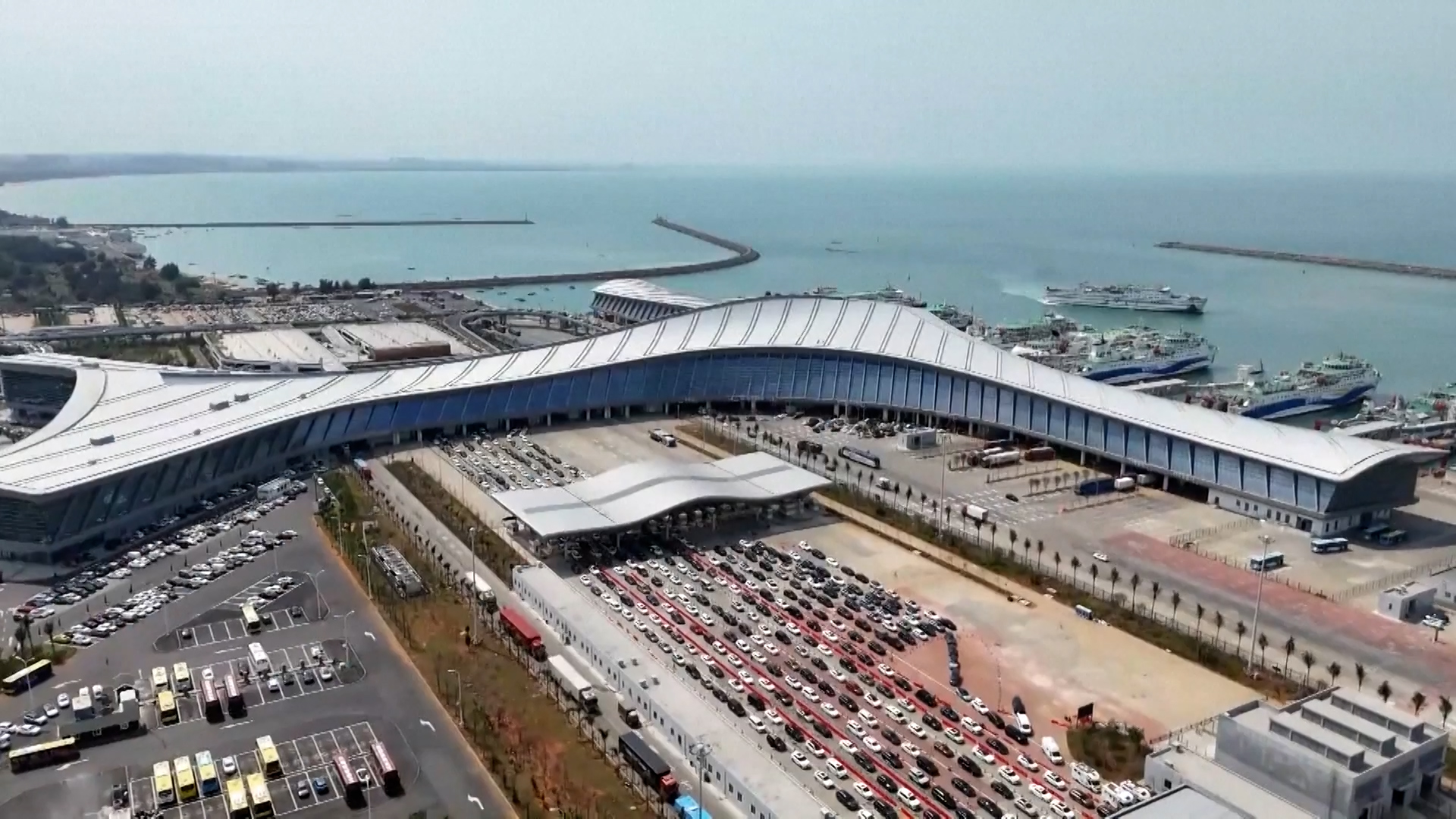U.S. Airstrikes in Yemen: Complexities and Consequences
The current round of U.S. military airstrikes on Yemen, primarily aimed at the Houthi-controlled regions, has sparked a wide range of reactions and discussions across various platforms. The report from Xinhua highlights the escalation in airstrikes on western Yemen, including the Red Sea port city of Hodeidah and surrounding areas. The report notes the strikes targeted multiple locations and buildings, yet makes no mention of casualties in that particular context.
What's compelling here is the difference in narrative within Xinhua's reports. Another article by the same outlet offers details about public protests in Yemen's capital, Sanaa, where civilians voiced their discontent over these military actions. The narrative vividly describes how tens of thousands gathered, denouncing the U.S. military's air operations.
One could speculate that Xinhua’s dual focus underscores two intentions: presenting the factual military operations and amplifying the local public dissent. This serves to underline the humanitarian aspect of warfare by capturing the unrest among civilians—a recurring theme in Chinese media coverage. By doing so, Chinese outlets seem to spotlight the broader geopolitical narrative, challenging U.S. foreign policy while advocating a more restrained approach to military interventions.
From an international relations perspective, such interventions complicate U.S.-China relations as each nation continues to navigate its role and influence in the global political arena. For nations in the Middle East, this reflects ongoing tensions and the collision between geopolitical interests and domestic stability.



